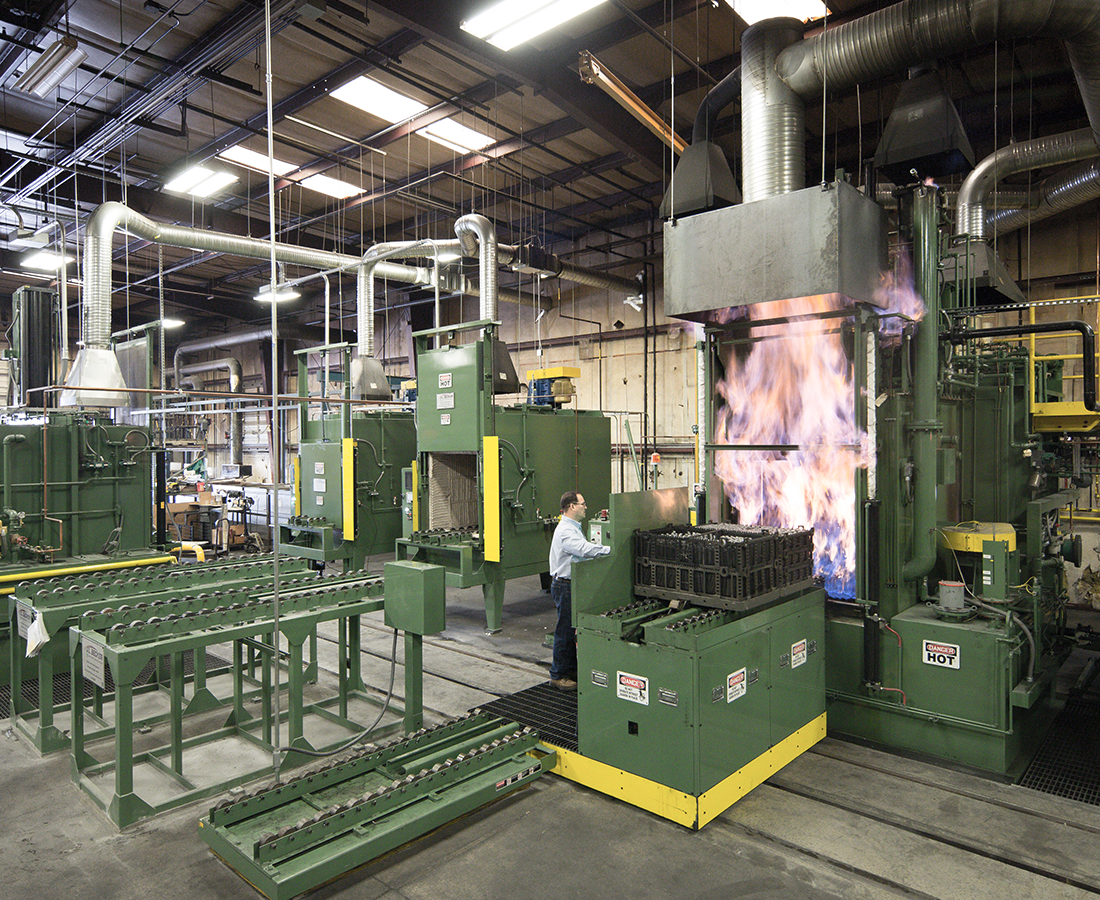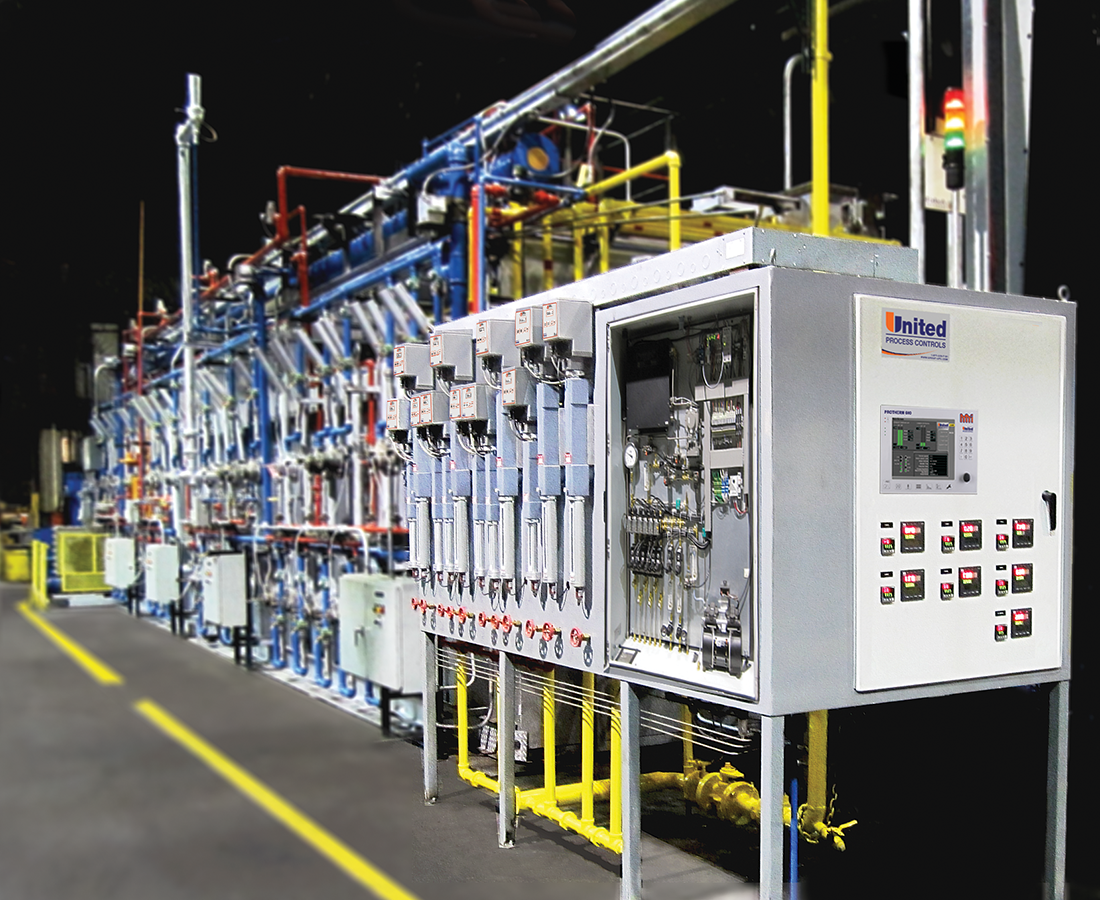HEAT TREATING SERVICES
The following heat treating services are among those provided by Nitrex HTS:
UPC-MARATHON CONTROL UPGRADES
The UPC-Marathon carburizing solution is a modular package customized to improve your carburizing furnace. Ideal for new or retrofit installations, this solution meets industry-standard requirements and provides precise and reliable process control for greater savings and improved product quality.




Reviews
There are no reviews yet.